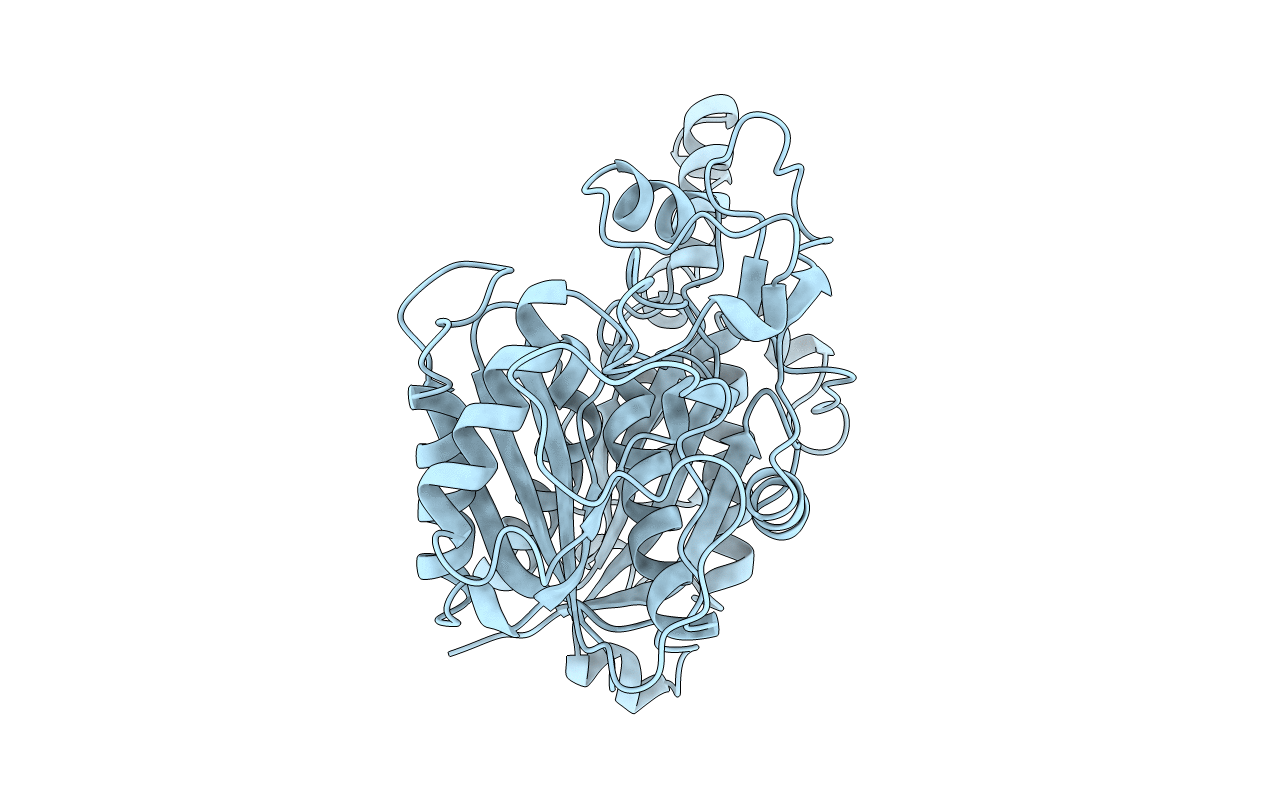
Deposition Date
1997-12-22
Release Date
1999-03-02
Last Version Date
2024-02-07
Method Details:
Experimental Method:
Resolution:
2.40 Å
R-Value Free:
0.27
R-Value Work:
0.23
R-Value Observed:
0.24
Space Group:
P 31 2 1


